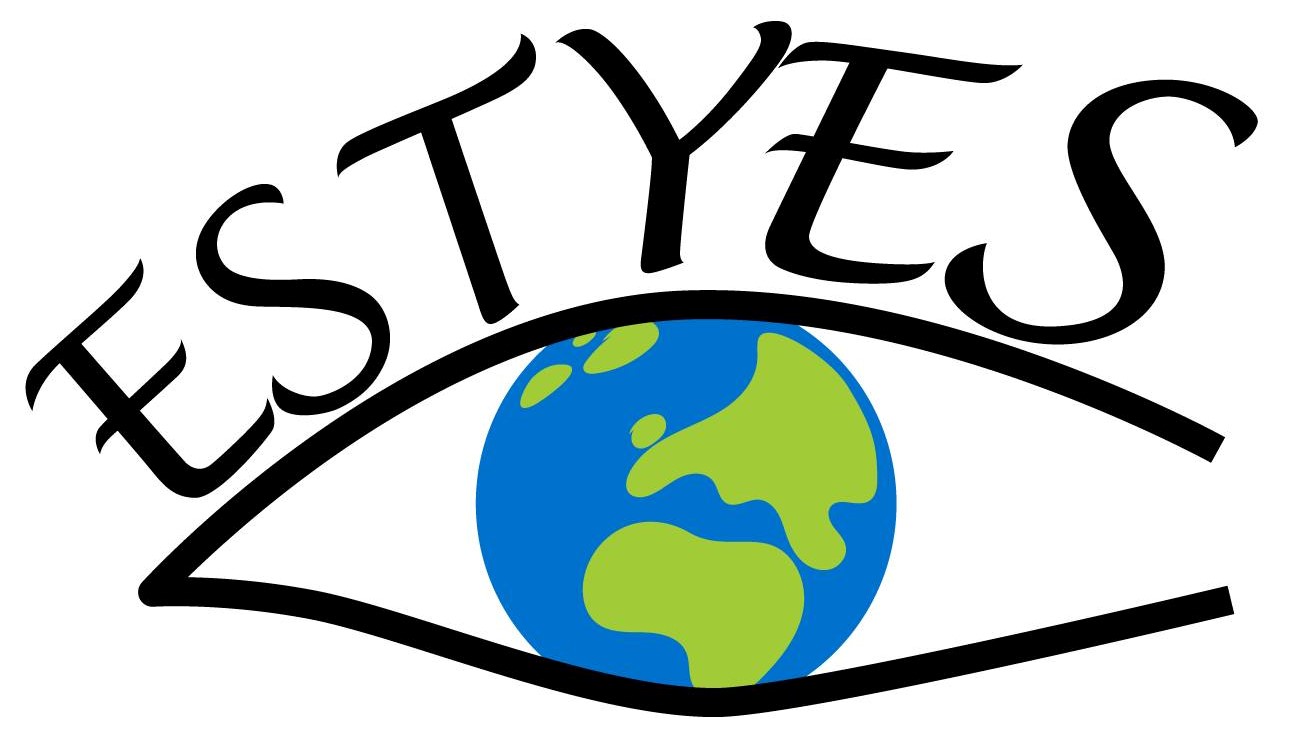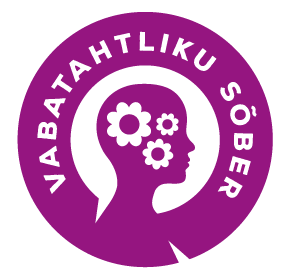The NGO Youth Exchange Development Society EstYES was founded in 1991. and is one of the first organisations in Estonia to engage in cultural and youth exchanges.
Amazing Facts About Estonia: A Fairytale Destination
Ready to embark on an adventure to a land of untouched nature, medieval charm, and cutting-edge digital innovation? Welcome to Estonia—a small yet extraordinary country nestled in Northern Europe along the shores of the Baltic Sea. With its unique traditions, breathtaking landscapes, and fascinating history, Estonia has something for every traveler.
1. A Nature Lover’s Paradise
Did you know that 52% of Estonia is covered by forests, making it one of the greenest countries in the world? From lush hiking trails to protected national parks, Estonia offers endless opportunities to explore its natural beauty. Wildlife enthusiasts can spot bears, wolves, deer, flying squirrels, and more than 380 species of birds.
Fun Fact: Estonia has a “fifth season”! During spring, parts of Soomaa National Park flood, transforming the area into a watery wonderland where locals travel by boat.
2. A Land of Islands and Craters ️
Estonia boasts over 1,500 islands, each with its own charm. Visit Saaremaa’s Kaali Crater, one of the world’s most spectacular meteorite craters, or enjoy the serene beaches of Aegna, Naissaar, and Prangli Islands.
3. Space to Breathe
With a population of just 1.3 million and a density of 28.4 people per km², Estonia offers unparalleled tranquility. Even during summer, you can find secluded beaches and pristine nature for peaceful relaxation.
4. Capitals of Every Kind ️
While Tallinn is the official capital, Estonia has other “capitals”:
- Tartu – Capital of Culture
- Pärnu – Capital of Summer
- Kuressaare – Wedding Capital
- Jõgeva – Known for frost
- Türi – Celebrates flowers and spring
5. A Digital Wonderland
Estonia is a global leader in digital innovation. With free public Wi-Fi almost everywhere (even in forests!) and 4G connectivity, staying connected is effortless. Highlights include:
- E-Residency, allowing foreigners to start businesses online.
- The world’s first online voting system.
- Tax returns that can be completed in minutes!
6. The Singing Nation
Estonians are passionate about music, with the world’s largest collection of folk songs—133,000 tunes! The Song and Dance Festival, held every five years, gathers nearly 200,000 performers and spectators and is recognized by UNESCO.
Historical Note: Estonia’s independence movement, the Singing Revolution, saw Estonians singing forbidden national songs in peaceful protests.
7. Medieval Marvels
Tallinn’s Old Town is a perfectly preserved medieval city, complete with Gothic spires, cobblestone streets, and fairytale architecture. Explore ancient castles, luxurious manor houses, and urban legends that add a touch of mystery.
8. A Country of Women
Estonia has more women than men, with 88 males per 100 females. Women also live about 10 years longer on average, often moving to cities for better education and career opportunities.
9. Top-Ranked Education
Estonia’s literacy rate is an impressive 99.8%, and its students consistently rank among the top in Europe in reading, science, and math, according to the PISA study.
10. A Different Kind of Spirituality ✨
Estonia is one of the least religious countries in the world, with only 14% of the population considering religion an important part of life. However, many Estonians practice Maausk, a nature-based spirituality that reflects their deep connection to the land.
Estonia isn’t just a destination; it’s an experience. Whether you’re captivated by its pristine nature, enchanted by its medieval charm, or inspired by its digital achievements, Estonia is a place you’ll never forget.
So, when are you visiting?



